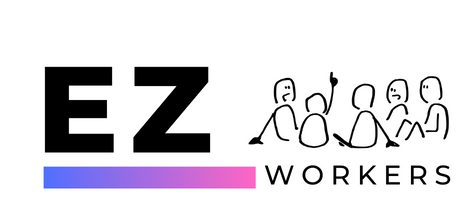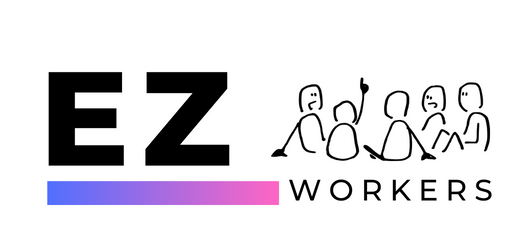Selecting the right candidate for a role is a critical step in building a high-performing team. Effective screening of candidates not only saves time and resources but also ensures that your organization benefits from the best talent available. In this blog post, we’ll explore the key aspects of screening candidates to help you make informed decisions when hiring.
1. Define the Job Requirements Clearly:
Before you start screening candidates, it’s crucial to have a clear understanding of the job’s requirements. What skills, qualifications, and experience are essential for success in the role? Create a detailed job description that serves as a reference point for your screening process.
2. Utilize Structured Interviews:
Structured interviews involve asking each candidate the same set of predetermined questions. This approach helps you assess candidates consistently and objectively. It’s essential to include questions related to their skills, experience, and how they handle common workplace scenarios.
3. Screen Resumes and Applications:
Begin the screening process by reviewing resumes and applications. Look for candidates who meet the basic qualifications outlined in the job description. Pay attention to their work history, relevant experience, and any additional certifications or skills.
4. Assess Cultural Fit:
Cultural fit is often as crucial as skills and experience. Evaluate whether the candidate’s values, work style, and personality align with your company culture. A good fit can lead to better teamwork and job satisfaction.
5. Conduct Reference Checks:
Reference checks are an essential step to confirm the information provided by the candidate. Contact their previous employers or colleagues to gain insights into their work ethic, reliability, and ability to collaborate.
6. Implement Skills Assessments:
Depending on the role, you may want to incorporate skills assessments or tests. These can help you evaluate a candidate’s technical abilities and problem-solving skills. Skills assessments provide valuable data that goes beyond what’s mentioned in their resume.
7. Consider Behavioral Assessments:
Behavioral assessments, like the Predictive Index or Myers-Briggs Type Indicator (MBTI), can provide insight into a candidate’s personality and how they might fit within your team. These assessments can be particularly useful for leadership roles.
8. Evaluate Communication Skills:
Effective communication is crucial in most roles. Assess a candidate’s ability to communicate clearly and professionally through their resume, application, and during interviews. Strong communication skills often indicate an ability to collaborate and convey ideas effectively.
9. Look for Long-Term Potential:
While it’s essential to find candidates who can fulfill the immediate needs of the role, also consider their long-term potential within your organization. Look for candidates who exhibit a commitment to growth and development.
10. Provide Feedback and Continuous Improvement:
After the screening process, offer feedback to unsuccessful candidates. Constructive feedback not only provides closure but also encourages improvement. Furthermore, continually review and refine your screening process based on your experiences and evolving company needs.
Conclusion:
Screening candidates is a critical step in building a high-performing team. By clearly defining job requirements, using structured interviews, assessing cultural fit, and implementing various evaluations, you can identify the best talent for your organization. Remember, the goal is to create a workforce that not only meets the current demands of your business but also contributes to its long-term success.



